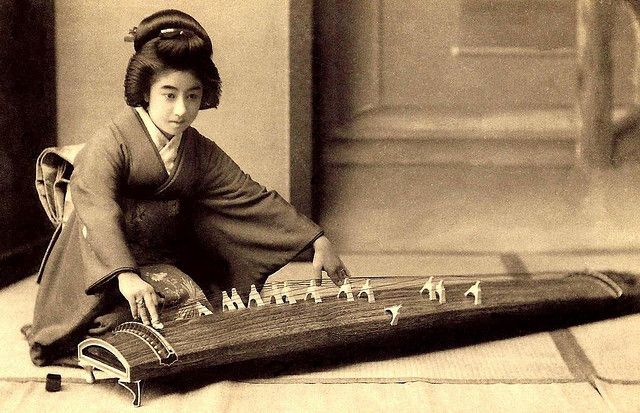
Strangeness and Charm
Strangeness and Charm
Strangeness and Charm
One of Yakumo’s dearest friends said to him:
“When you find, in four or five years more, that you cannot understand the Japanese at all, then you will begin to know something about them.”
These astute words from a Meiji Era Japanese citizen to his Occidental friend, are as true today as they were back then, and these sentiments continues to ring in one’s own ears to this very day.
Yakumo Koizumi lived in Japan for 14 years until his death on September 26, 1904.
Here, he does a brilliant job with his, Attempt At Interpretation, allowing a glimpse into the society of Japan during the Meiji Restoration.
“At first perceived, the outward strangers of things in Japan produces a queer thrill impossible to describe, a feeling of weirdness which comes to us only with the perception of the totally unfamiliar.”
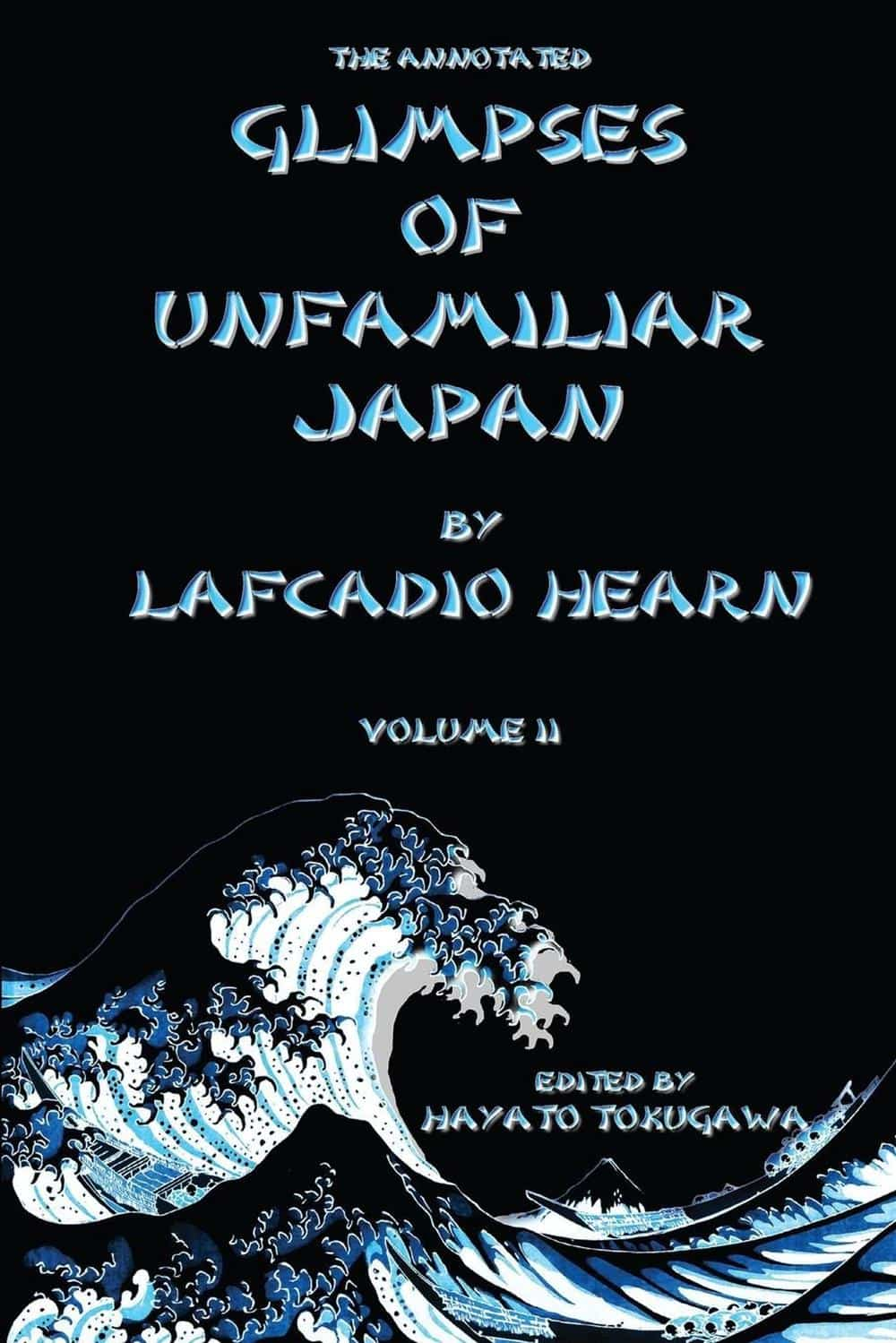
Surely this feeling of weirdness also washes over and engulfs one after entering Japan for the first time, stepping into another dimension.
“You find yourself moving through queer small streets full of odd small people, wearing robes and sandals of extraordinary shapes, and you can scarcely distinguish the sexes at sight.”

“Food-stuffs of unimaginable derivation; utensils of enigmatic forms; strange masks and toy that commemorate legends of gods or demons.”
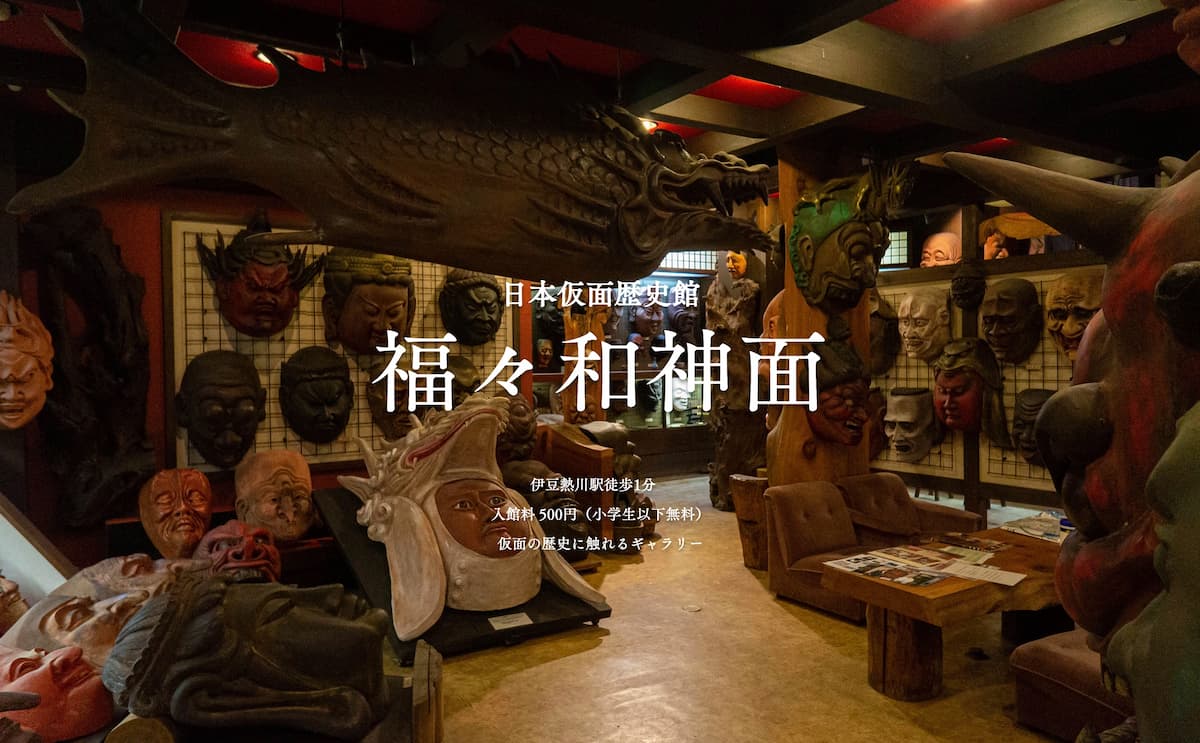
Thanks to the digital revolution, one can see Japan from the comfort of a favorite chair from anywhere in the world.
There one can enjoy the visual and audio aspects of Japanese cultural charm.
However, as charming and delightful as this may be, one can only truly understand the essence of Japan by coming here to bath in the Japanese “air” and feel Japan in one’s very own spirit and soul.

“Everywhere on signs and hangings, on the backs of people passing by, you will observe wonderful Chinese characters, and the wizardry of all these texts makes the dominant tone of the spectacle.”

Indeed, the complexity of Chinese ideograms permeating the country only adds to the otherworldliness charm one experiences here.
In fact, one of the most formidable life challenges was to address one’s own illiteracy in Japanese, and commit a lifetime to understand and absorb these complex and magnificent ideograms.
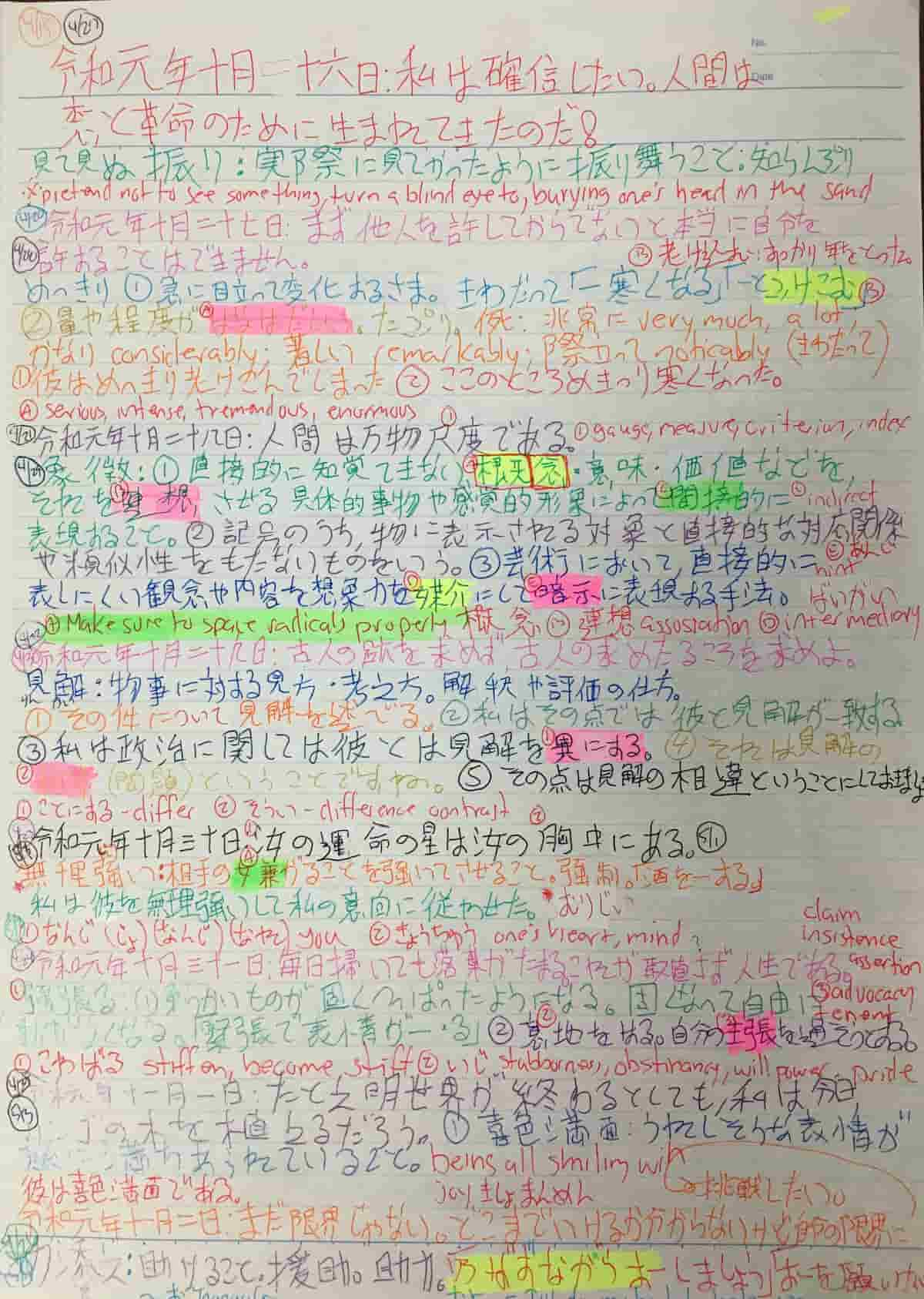
As Yakumo continued to contemplate the extraordinary surreal nature of Japan, he noted:
“The delicate perfection of workmanship, the light strength and grace of objects, the power manifest to obtain the best results with the least material, the achieving of mechanical ends by the simplest possible means, the comprehension of irregularities as aesthetic value, the shapeliness and perfect taste of everything, the sense displayed of harmony in tints or colours.”

“All this must convince you at once that our Occidental has much to learn from this remote civilization, not only in matters of art and taste, but it matters likewise of economy and utility.”

Indeed these sentiments still ring true today, as the Japanese have created a modern society to be looked upon a desirable model of civility and harmony, having evolved from this very culture.
Yakumo spoke English, Greek, and Japanese, and made the following observation about the difference between English and Japanese.
“Any one of their ordinary phrases, translated into Western speech, makes hopeless nonsense, and the literal rendering into Japanese of the simple English sentence would scarcely be comprehended by any Japanese who have never studied a European tongue.”

“Could you learn all the words in a Japanese dictionary, your acquisition would not help you in the least to make yourself understood in speaking, unless you had learned also to think like a Japanese.”

The secret to meaningful cultural understanding is in the language, when one can think and conceptualize in Japanese.
Then, and only then, can one start to read the “air” where the unspoken social conventions and protocols reside.
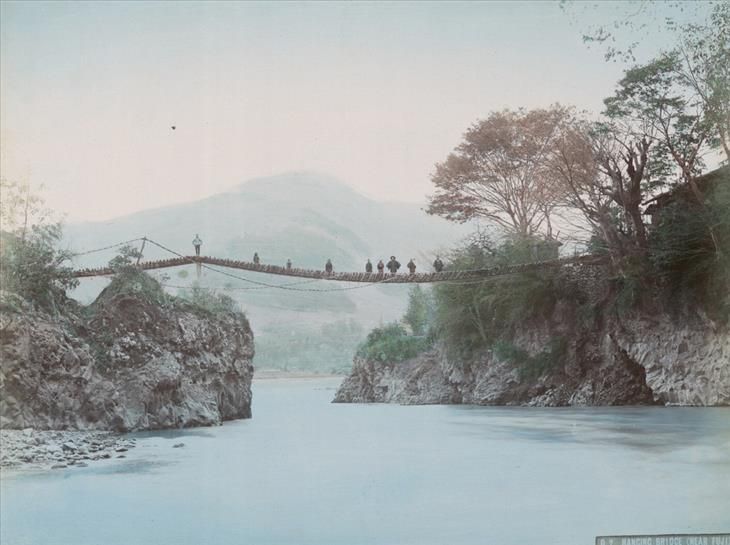
The Japanese have evolved under strict laws and societal protocols which mandate harmony.
Life was particular rigid when the Japanese were isolated from the rest of the world for centuries during Tokugawa Bakufu, which preceded the Meiji Restoration.
Here these ingrained societal courtesies still continue to characterize the way the Japanese interact and behave among each other today.
“Everybody greets everybody with happy looks and pleasant words, faces are always smiling, the commonest incident of every day lives are transfigured by a courtesy at once so artless and so faultless that it appears to spring directly from the heart, without any teaching.”

Japan’s crime rate is the lowest in the industrial world (here), as when breaching the laws of our land, the accompanying punishment can be harsh.
Remember, Japan still has capital punishment, with the vast majority of the Japanese citizens in full support of this ultimate punishment.
Historically the Japanese view death very differently than Occidentals, and this form of punishment remains here to reminder wayward Japanese citizens, when one disrupts harmony and breaches social conventions, you will be punished.
“I have lived in districts were no case of theft occurred for hundreds of years.”
“Where newly-built prisons of Meiji remain empty and useless.”
“Where people left their doors unfastened by night as well by day.”
“In such a district, you might recognize that kindness shown to you, as a stranger, is the consequence of official command.”
“But how explain the goodness of these people to each other?”
“When you discover no harshness, no rudeness, no dishonesty, no breaking of law, and learning that this social conditions have been the same for centuries, you’re tempted to believe that you have entered into the domain of a morally superior humanity.”
“You cannot help being delighted by such conditions, or feel indignant and hearing them denounced as ‘heathens’.”
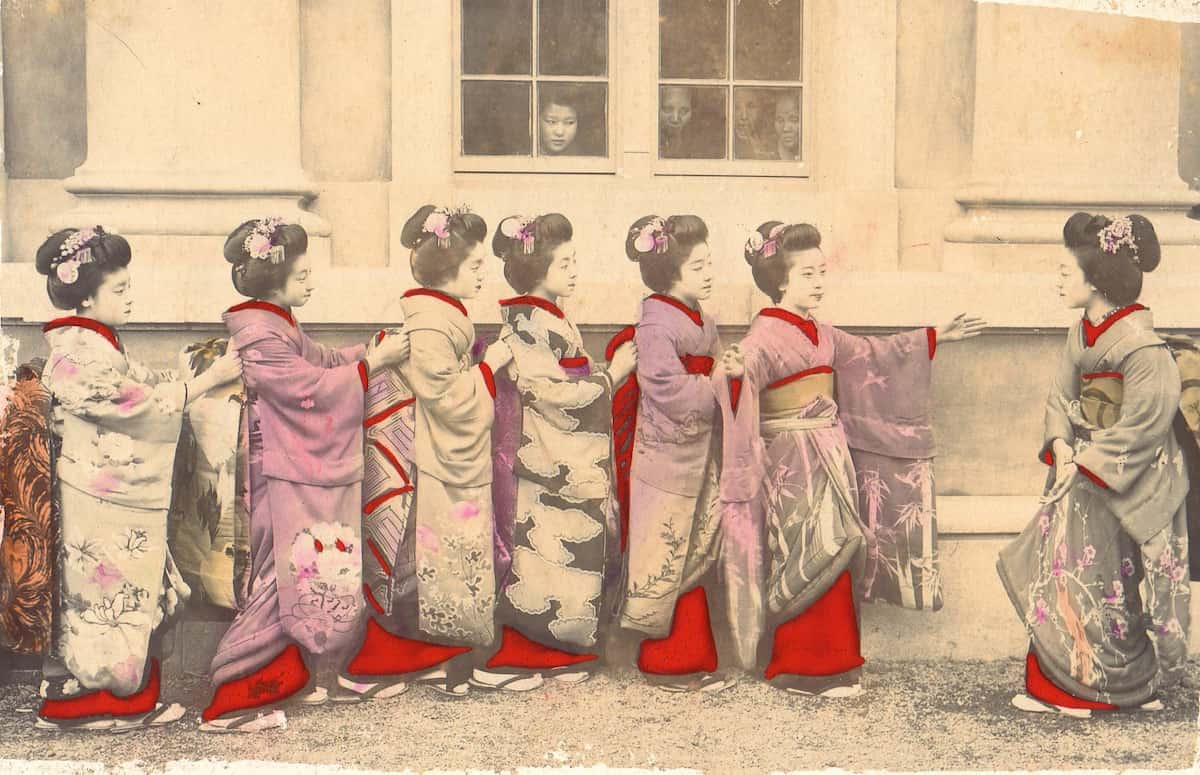
Why was Yakumo able to experience Japan in such a profound way, where he was able to feel the multilayered society of Japan and recognizing the concept of life as being ephemeral?
Moreover, he deeply felt the presence of the ghosts as ancestors turn into deities, and regarded all thing as instilled with life.
Life in all things ~ ban butsu (万物).

“Really you are happy because you have entered bodily into Fairyland, into a world that is not, and never could be your own.”
“You have been transported out of your own century, over spaces enormous of perished times, into an era forgotten, into a vanished age.”
“This much more archaic civilization of Old Japan attained an average of aesthetic and moral culture well worthy of our wonder and praise.”
“Only a shallow mind, a very shallow mind will pronounce the best of that culture inferior.”
“But Japanese civilization is peculiar to a degree for which there is perhaps no Western parallel, since it offers as a spectacle of many successive layers of alien culture superimposed above the simple indigenous basis, and forming a very bewilderment of complexity.”
Layer upon layer upon an ancient civilization from an ancient time, continuing to add layer upon layer still now in these modern times.
Based Upon
Japan, An Attempt At Interpretation
Published 1904
Patrick Lafcadio Hearn
STRANGENESS AND CHARM

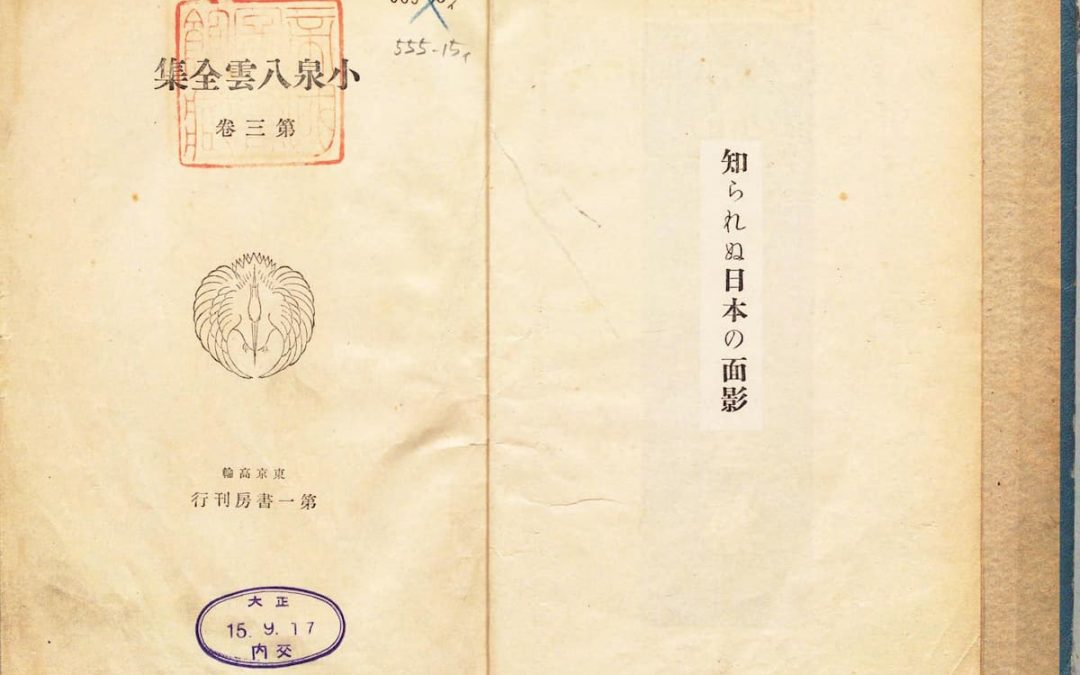

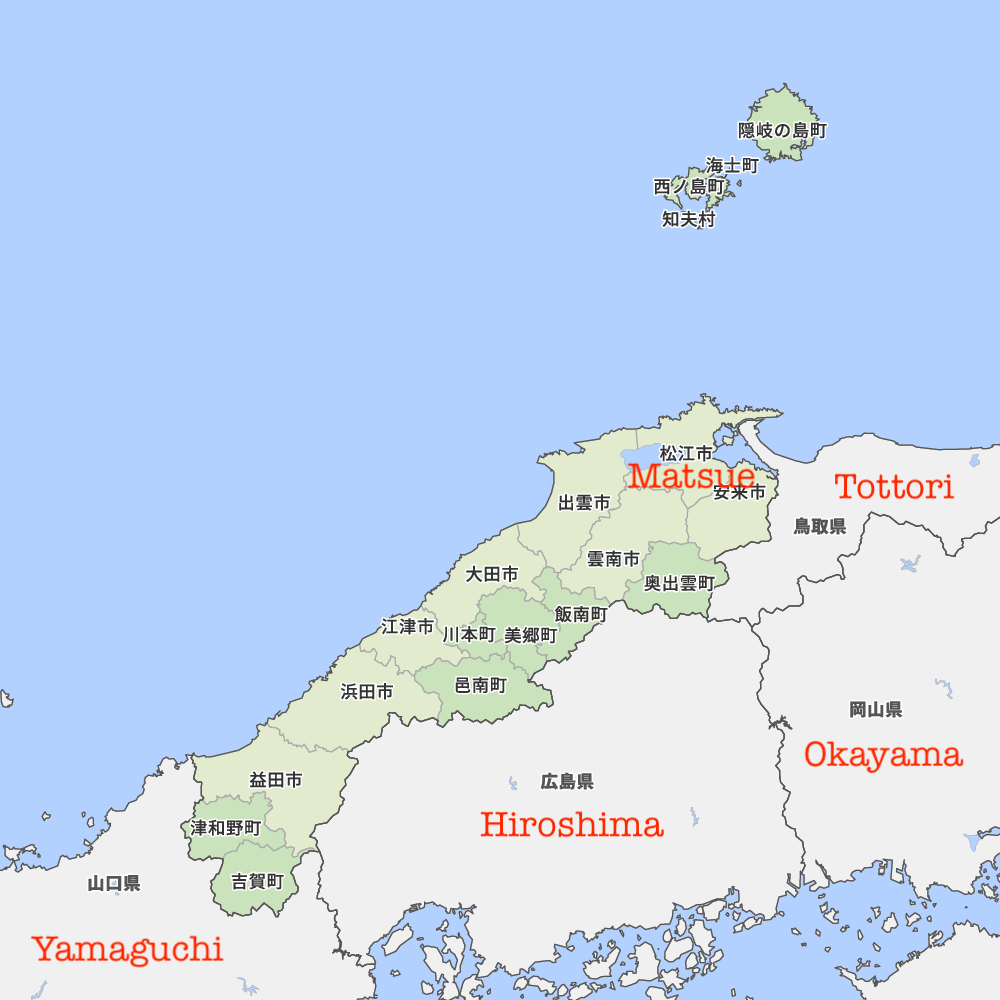

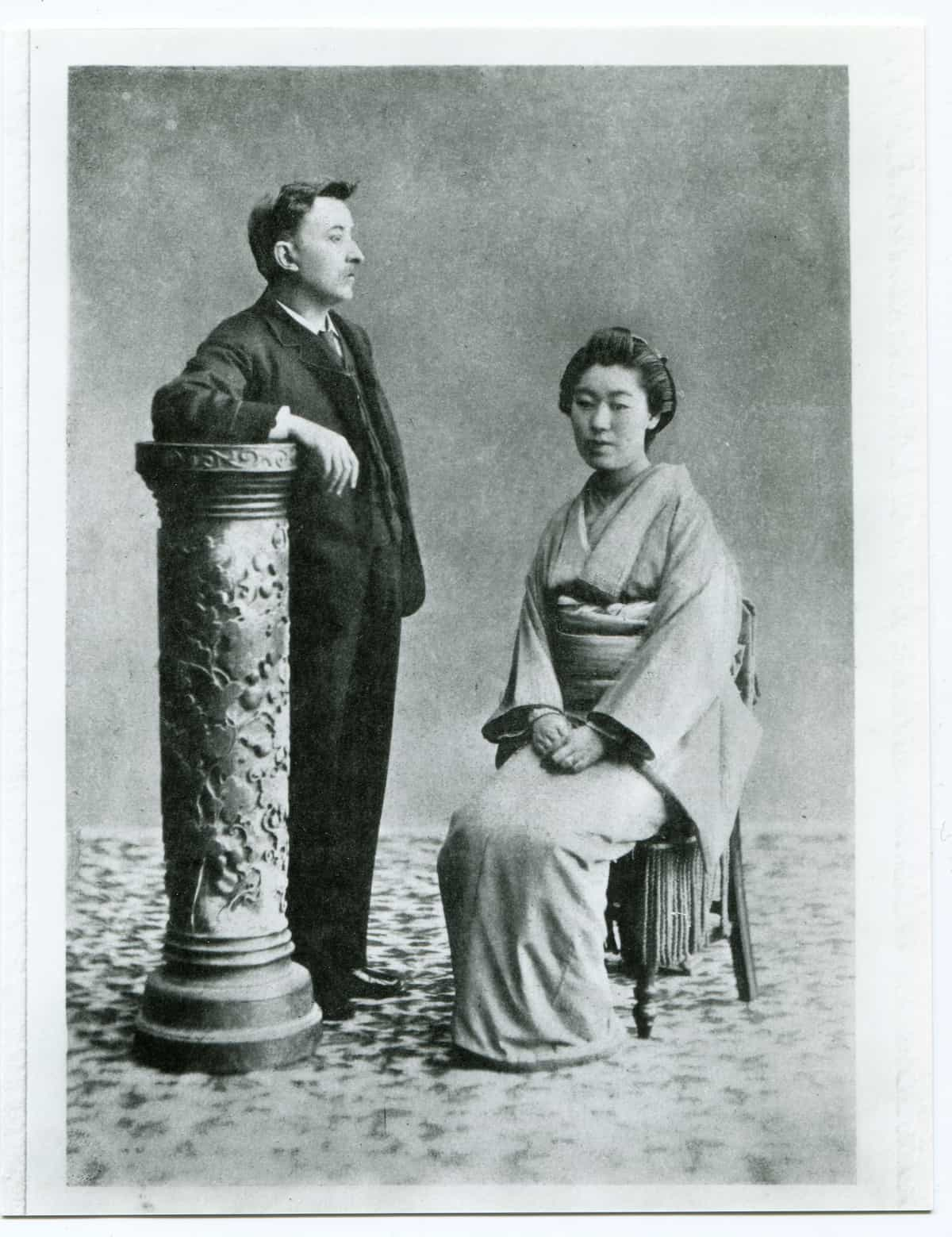




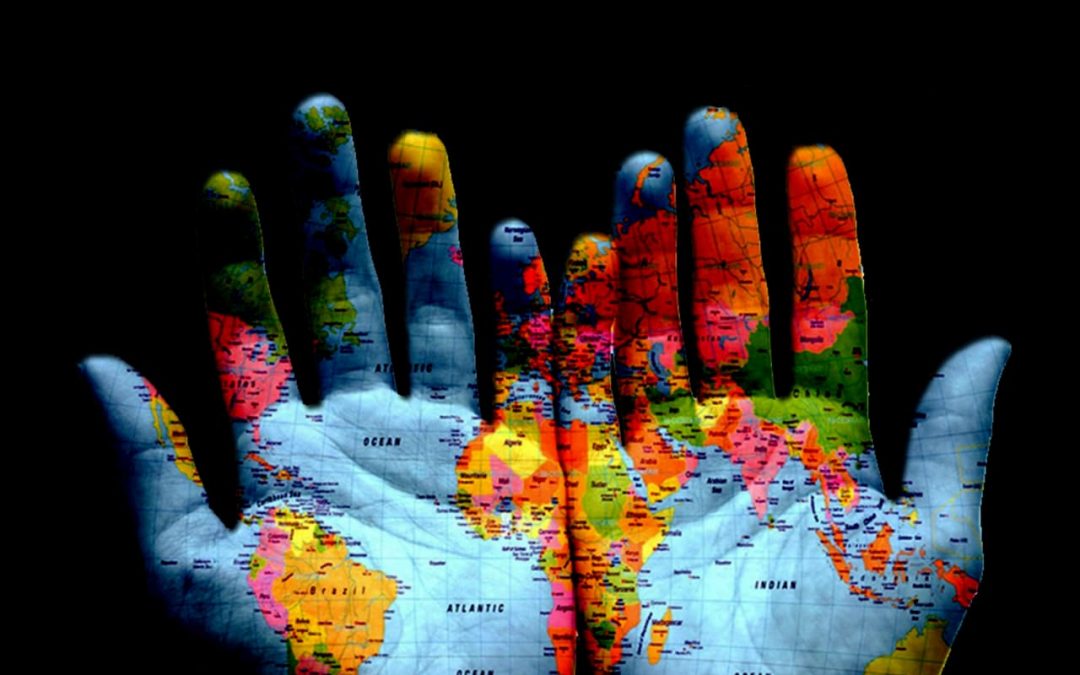

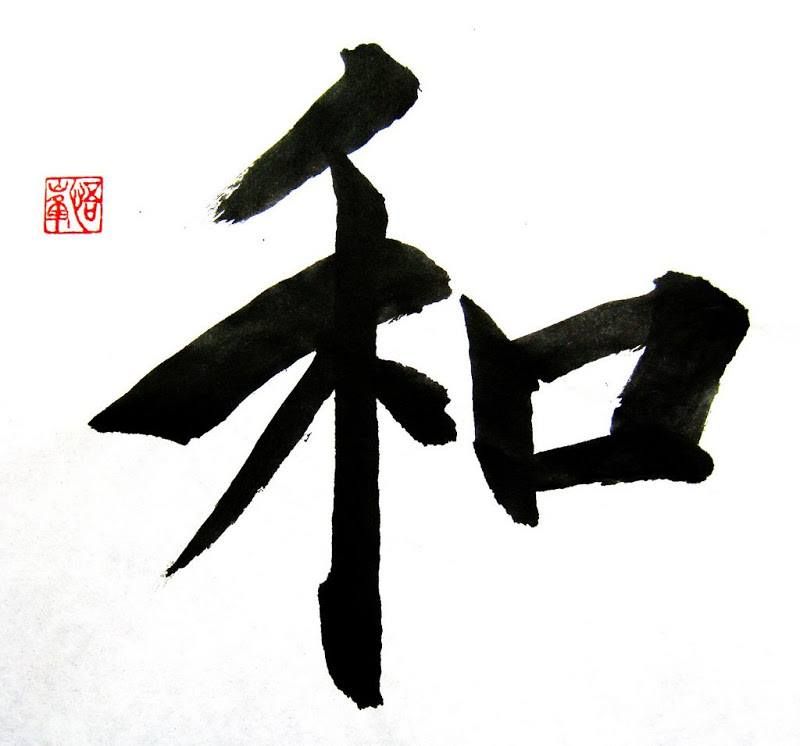
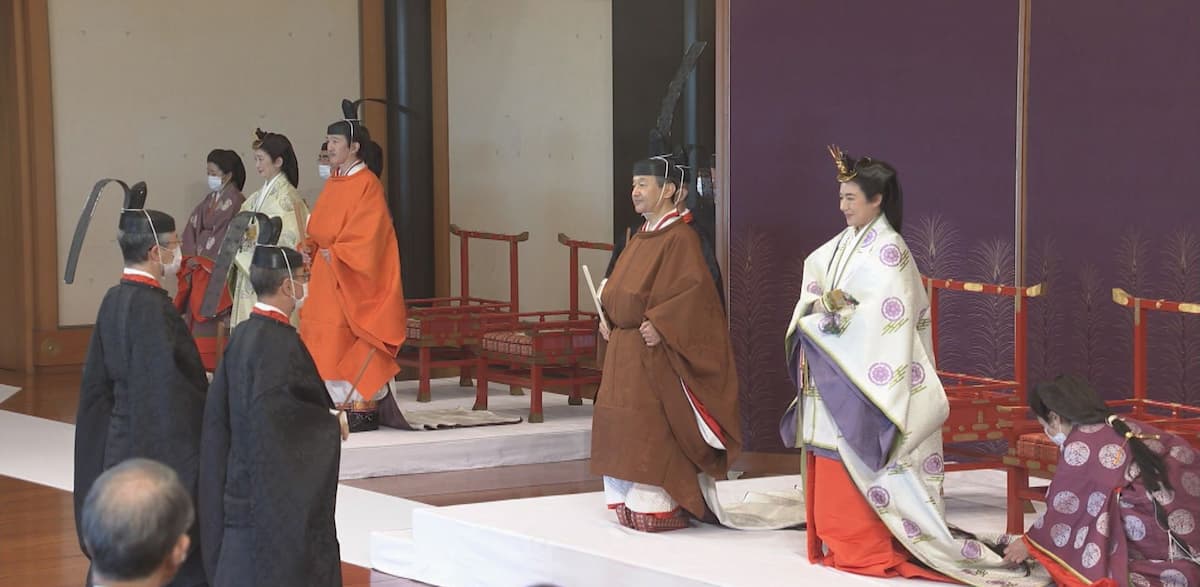


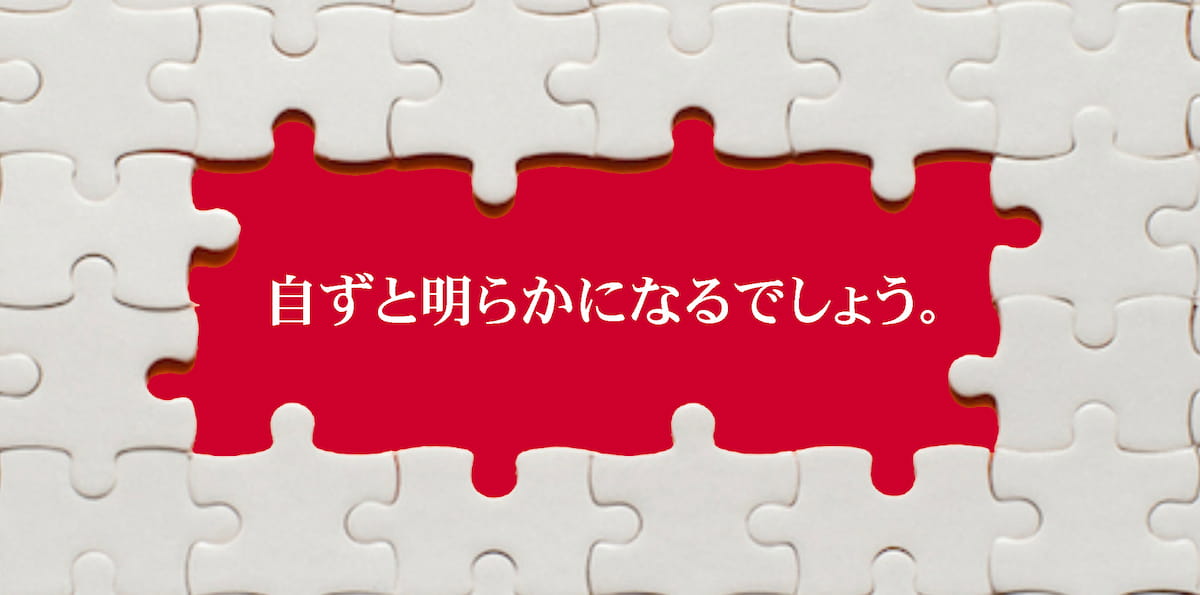
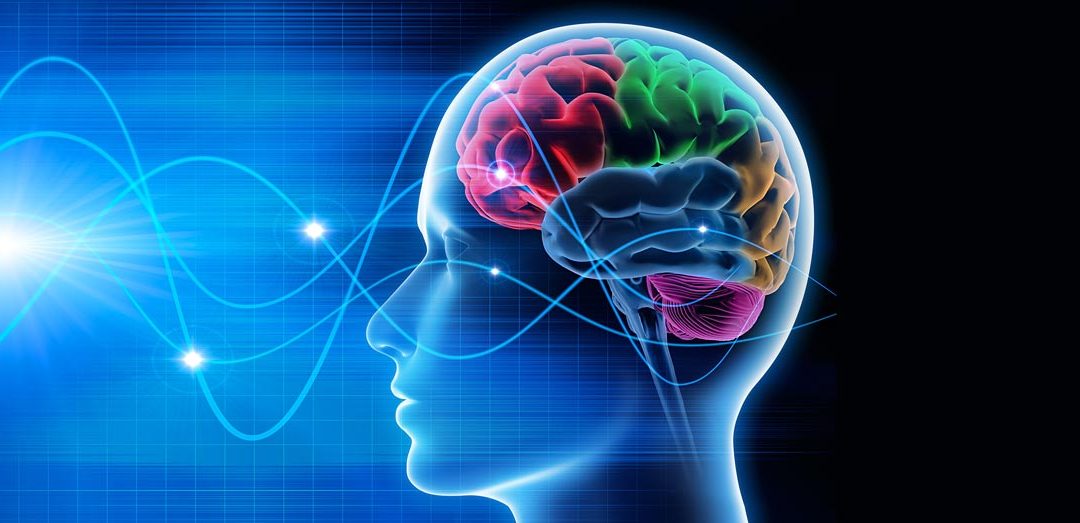







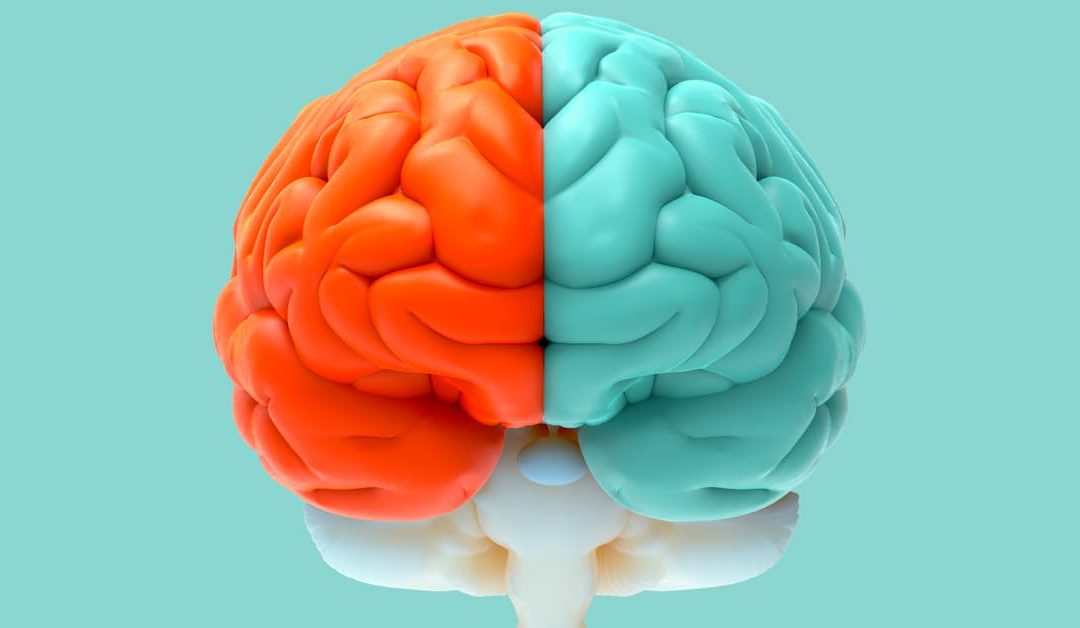





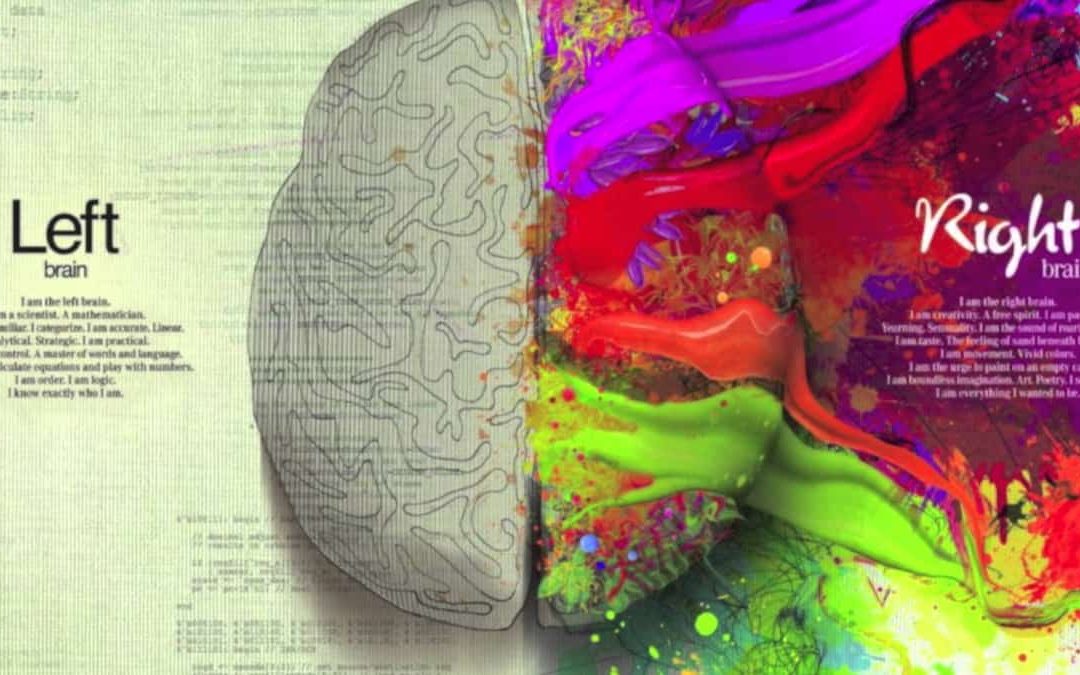

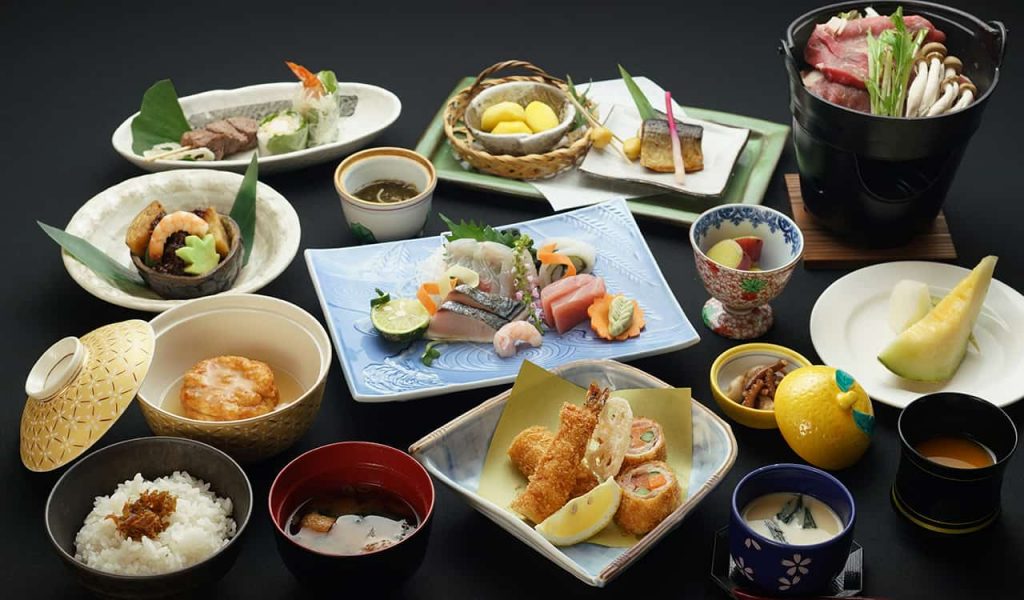

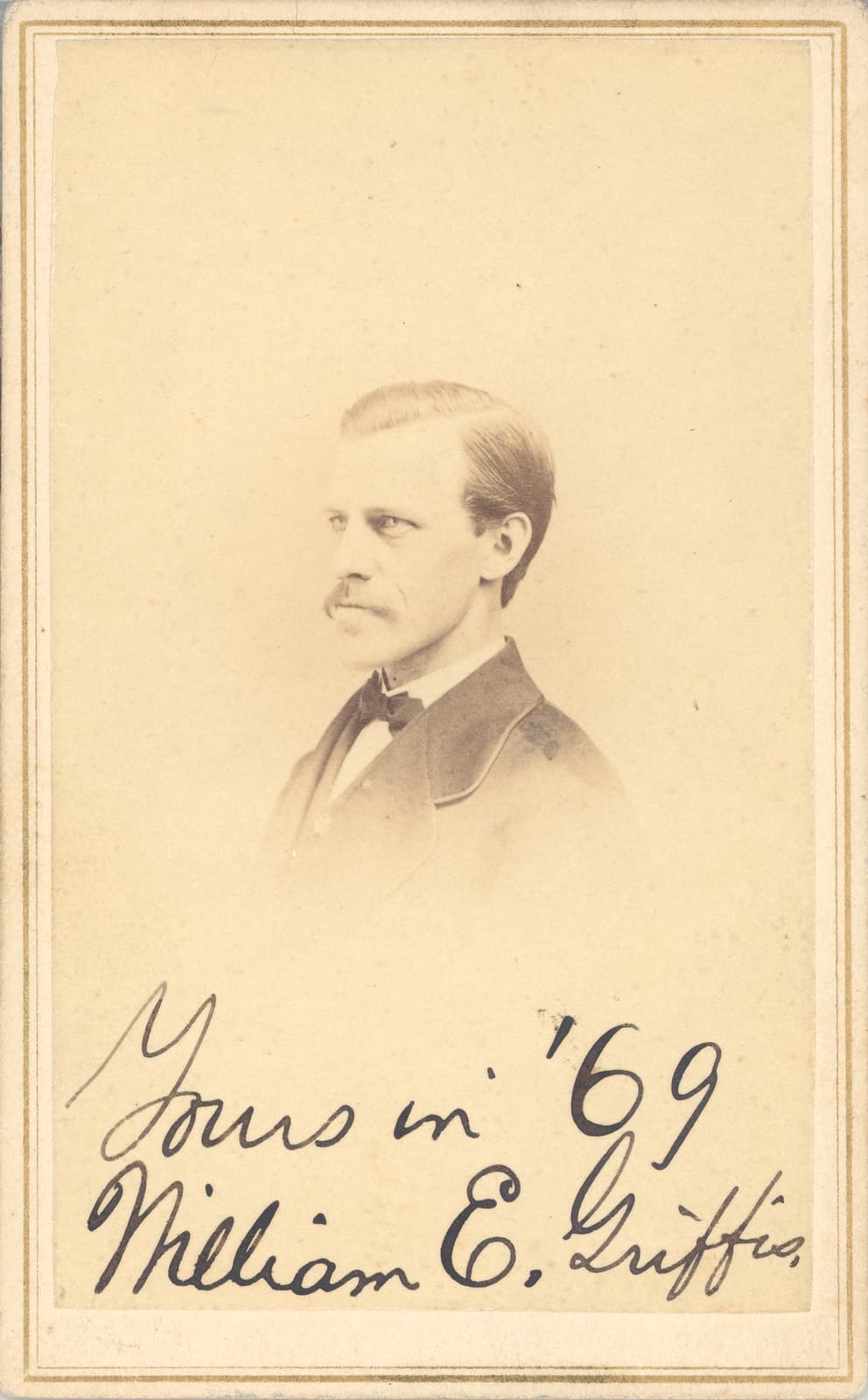


Recent Comments